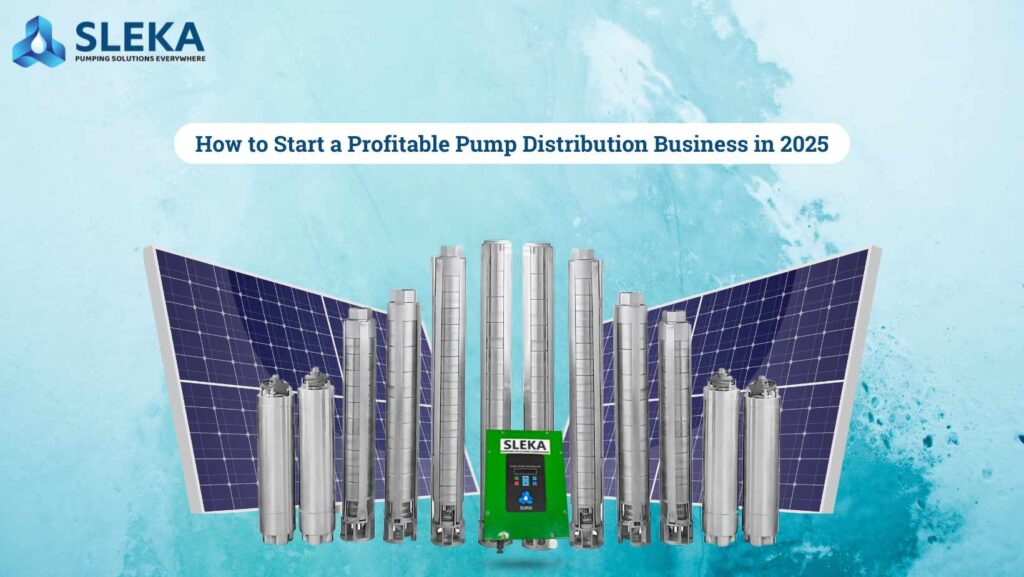The submersible pump market is projected to reach an impressive $9.8 billion, exhibiting a compound annual growth rate (CAGR) of 4.3% through 2030. With such significant growth, businesses seeking to invest in submersible pumps must be keenly aware of pricing strategies and efficient procurement methods. Understanding the nuances of pricing—including wholesale submersible pump pricing, bulk order discounts, and the comprehensive dealer price list for 2025—can equip decision-makers and procurement specialists with valuable insights to enhance their operational efficiency and reduce costs.
Wholesale Submersible Pump Pricing Explained
Navigating the world of wholesale submersible pump pricing is crucial for businesses looking to make bulk purchases. Typically, wholesale pricing is structured to incentivize larger orders, allowing companies to mitigate costs significantly per unit. For example, if a standard submersible pump retails for $1,000, wholesale pricing might reduce that cost to $850 for quantities over 10 units. This pricing strategy can lead to substantial savings, impacting the bottom line positively.
When comparing costs, organizations should also consider the total cost of ownership (TCO), which includes maintenance, energy consumption, and operational costs. A well-invested decision in pump purchasing can yield a TCO reduction of 15-20% annually.
Bulk Order Discounts for Submersible Pumps
Bulk order discounts present a golden opportunity for businesses planning large-scale installations. Typically offered as tiered discounts, these savings can dramatically lower upfront costs. For instance, a bulk order of 50 submersible pumps might see a discount of 10%, while an order of 100 could result in a 15% discount.
Implementing such strategies allows businesses to stock up on necessary equipment while managing cash flow effectively. It’s advisable to negotiate terms with suppliers for guarantees on pricing stability over a defined period, especially with fluctuating market conditions.
Understanding the Dealer Price List for 2025
The dealer price list for 2025 offers critical insights into the expected pricing trends and market conditions for submersible pumps. Frequently updated, these lists provide dealers with guidance on pricing strategies that align with market demand and competition. Dealers can leverage this information to better position their offerings and maximize sales margins.
Organizations should consider creating partnerships with established distributors who can provide access to these dealer price lists, fostering competitive pricing and strategic collaboration.
Importance of Regional Market Analysis
When considering submersible pump purchases, businesses must account for regional market dynamics. Various regions may face different regulatory challenges, supply chain issues, and varying demand levels. Understanding these factors can help companies strategize their purchases effectively.
For instance, a submersible pump used in arid regions will differ in demand compared to those in industrial sectors. A thorough regional analysis can reveal potential opportunities for bulk purchase negotiations with local distributors, who may offer discounted pricing structures based on prevailing economic conditions.
Calculating the Return on Investment (ROI)
Understanding the ROI for submersible pump purchases is vital. Businesses should examine how equipment efficiency and reliability can translate into cost savings over time. ROI can be calculated by assessing reductions in maintenance costs and increases in operational productivity.
For example, if a company invests $100,000 in new submersible pumps that save $30,000 yearly in energy and maintenance costs, the ROI within four years would be significant. Furthermore, enhancing water extraction efficiency leads to better resource management, providing an additional business advantage.
Expert Recommendations for Decision-Makers
Effective procurement requires careful consideration. Decision-makers should focus on non-pricing factors that can influence pump performance, such as brand reputation, warranty terms, and customer service. Investing in reputable brands known for reliability might seem pricier initially, but can save substantial costs in the long run through reduced downtime and maintenance.
Consideration Factors When Purchasing Submersible Pumps
Before finalizing a purchase, consider these crucial factors:
- Application Needs: Define the specific use case of the pump to ensure compatibility and efficiency.
- Energy Efficiency: Assess energy consumption ratings; energy-efficient models often exhibit lower operational costs.
- Warranty and Support: A comprehensive warranty can safeguard your investment and provide peace of mind.
- Supplier Reliability: Partner with suppliers who guarantee consistent quality and availability of equipment.
Investing time in a detailed analysis of these factors will result in educated decisions that favor operational efficiency and long-term savings.
FAQs
What is the average cost of a submersible pump?
The price range for submersible pumps typically varies from $500 to $3,000, depending on specifications, brand, and intended application.
How do I qualify for bulk order discounts?
Bulk order discounts are usually available when purchasing above a certain quantity, often starting at 10-25 units. Each supplier will have distinct thresholds.
Can I negotiate pricing with suppliers?
Yes, negotiation is common practice. Suppliers may be willing to adjust pricing based on order volume, payment terms, or long-term contracts.
What factors affect wholesale submersible pump pricing?
Factors include material costs, technology advancements, market demand, and supplier competition, which all play a role in pricing.
How can submersible pumps benefit agricultural operations?
Submersible pumps enhance irrigation efficiency, reduce labor costs, and ensure consistent water supply, leading to improved crop yields.
Submersible pumps play a pivotal role in various industries, making it essential for businesses to understand pricing strategies. By leveraging wholesale pricing, understanding bulk discounts, and evaluating dealer price lists, companies can position themselves favorably in a competitive market.
To know more about solar pumps in agriculture, visit – explore SLEKA’s range of submersible pumps.
To know more about Noryl impellers and diffusers, do visit – NOBTECH Products.
In conclusion, businesses that strategically navigate the submersible pump market, focusing on pricing opportunities, regional insights, and informed purchasing decisions, are bound to reap substantial benefits. Through calculated investments, organizations can achieve enhanced efficiency, significant cost savings, and a competitive edge in their respective industries.


